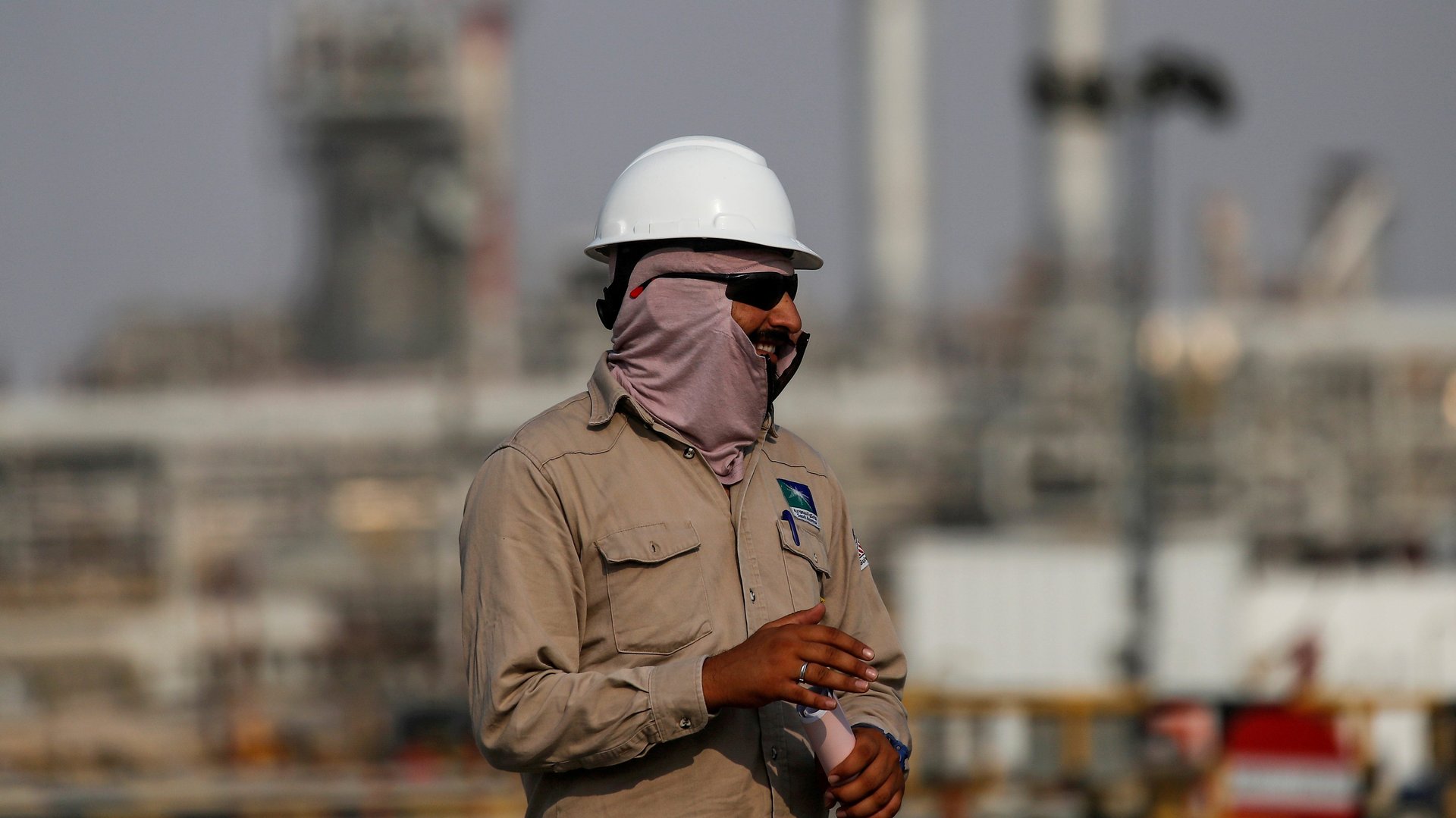Get ready for the highest US gas prices since 2014
The pandemic has seriously strained relationships in the Organization of Petroleum Exporting Countries (OPEC), the powerful cartel that controls most of the global oil market.


The pandemic has seriously strained relationships in the Organization of Petroleum Exporting Countries (OPEC), the powerful cartel that controls most of the global oil market.
Since early 2020, the group has tried to minimize damage to its members’ economies from a collapse in oil demand by instituting steep cuts in production, in an effort to keep the per-barrel price afloat. Until recently, the plan mostly worked: Oil was valuable enough to make drilling profitable, but not quite valuable enough to benefit OPEC’s nemesis, the US, where production costs are higher, and gasoline prices are rising.
But there has always been disagreement amongst OPEC members as to how deep those cuts should be, with Saudi Arabia, the group’s de facto leader, usually pushing for the biggest reductions. And now that the spread of vaccines, and the return of road and air travel have global oil demand on the rise, the spats are escalating.
On July 5, the United Arab Emirates blocked a Saudi plan to gradually increase the quota over the next few months but keep it below pre-pandemic levels until at least 2022. The UAE agreed, but only if it could use a higher, revised baseline for its own output—essentially a maneuver to grab a proportionately greater share of the growing oil market.
The upshot of the disagreement, which remains unresolved, is that existing production cuts will stay in place—pushing the price of oil to about $77 per barrel, its highest point since November 2014.
US gasoline prices are rising
In turn, gasoline is up to $3.13 per gallon on average nationwide in the US, according to AAA. That has turned the OPEC dispute into a political headache for the Biden administration, said Salih Yilmaz, an oil analyst for Bloomberg Intelligence. On July 5, the White House issued a statement supporting a “compromise solution that will allow proposed production increases to move forward.”
For now, there’s no sign of either side backing down. And in the meantime, the gap between supply and demand is only getting wider—so plan your summer road trips accordingly.
“If the group cannot come to an agreement to bring more barrels into the market—amid recovering demand and an already tight market—momentum in oil prices may continue,” Yilmaz said.